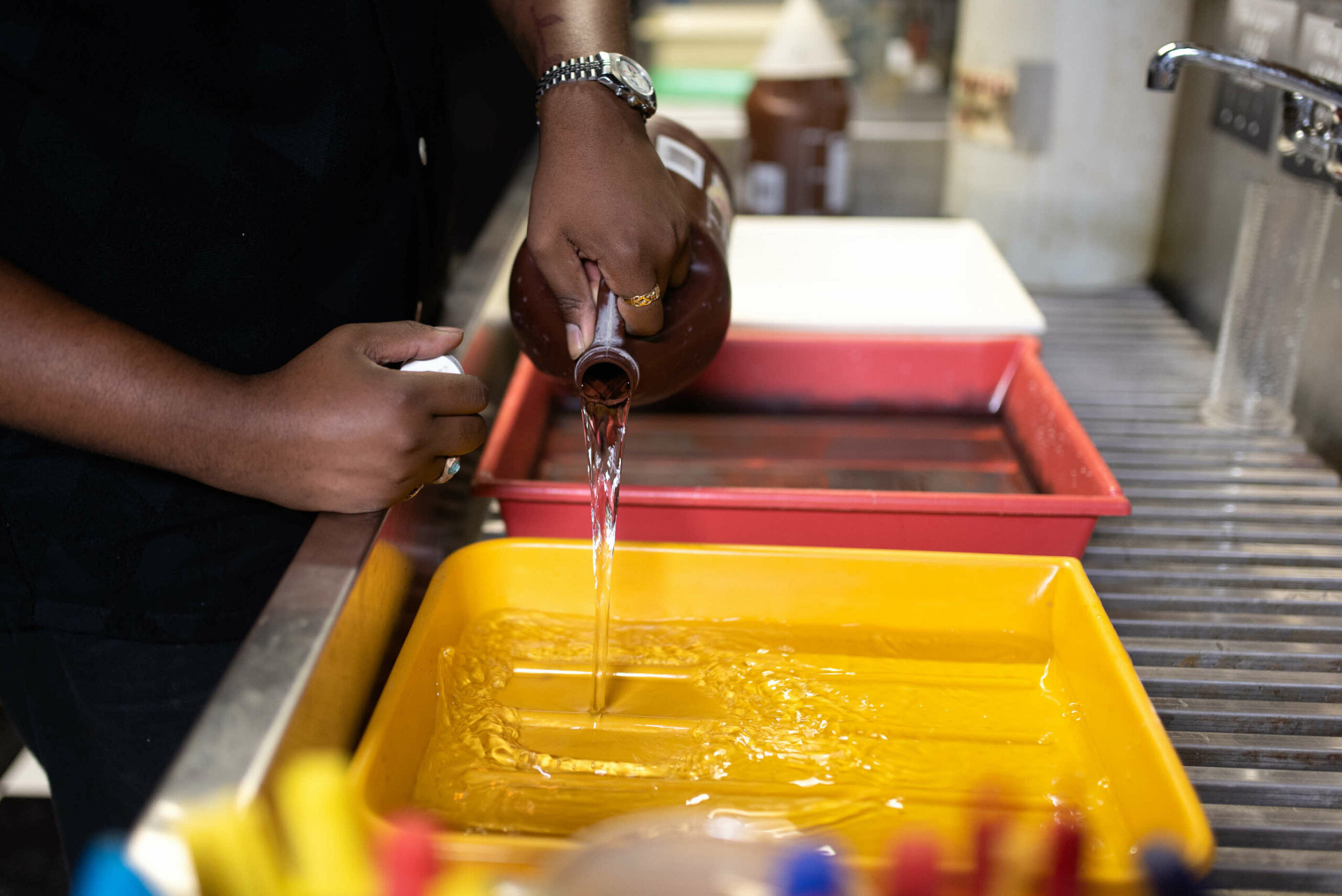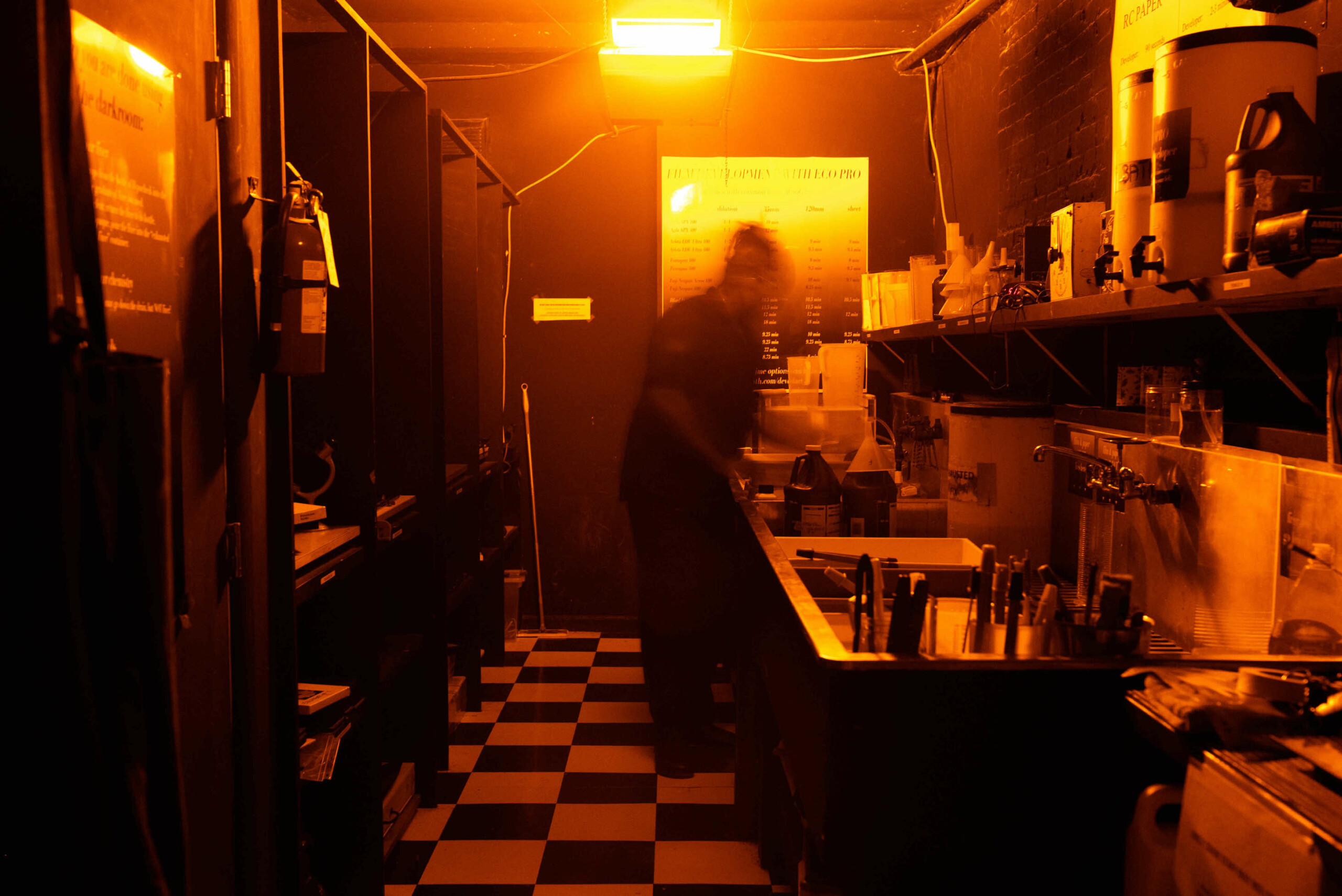You may take color photography for granted these days. Getting a full shot of an image is rewarding. Their initial color is so subtle that you never really notice how it was created. However, a simple, low-cost color photography technique took a lot of effort and time.
This narrative investigation delves into the different approaches that pioneers and businesspeople from the film developing Seattle employed to create a workable color photographic process, ranging from hand-coloring and autochrome to the first comprehensive tri-pack system to achieve commercial success, Kodachrome.
The original methods for additive color photography
The 1890s saw the invention of color photography techniques. They reproduced color by mixing red, green, and blue light to the earlier theory developed in the 1860s. These approaches are referred to as additive color processes.
- The Diagram of Kroma
An American inventor developed a method using three color-separation negatives passed through colored filters. These negatives are converted into positive transparencies, which are subsequently shown on a Kromskop, a specialized viewer. The images from the three transparencies are superimposed by mirrors in the Kromskop, and the colors are restored by a second round of filtering. Programs are the names given to the created images. They were expensive but very effective, and this method proved far too complex.
- The Joly Method
One easy fix was to utilize a single exposure with a filter that blended the three colors rather than taking three distinct images through the blue, red, and green filters. The first method utilizing this technology was created in 1894 by a color film developing Chicago. To make a three-color filter screen, they paint a piece of glass with faint red, green, and blue bars. This monitor was positioned in the center of the plate when the picture was taken. The white and black positive photograph was carefully aligned with an extra filter screen using exposure and reverse processing. Transmitted light could be used to investigate the resulting colored transparency.
However, the results seemed like they needed to be stressful due to the plate’s low color sensitivity.
- Dufaycolor
At this period, consumers were introduced to several early photographic techniques, many of which have since been forgotten. But one was well-liked for a long time. The French scientists invented the Dufaycolor process. There was a good depiction of color. It moved quickly, at a third of the speed of black and white film. Autochromes are best suited for enthusiastic shooters who like handling their processing. Dufaycolor aimed to capture the market for casual snapshots. Final transparencies that have been mounted and are prepared for viewing are returned by this processing service. It gave rise to a new class of photographers interested in color photography. Dufaycolor was the final filming process that was commercially accessible until the 1950s. You most likely take a color for granted when photographing surroundings.
It is reasonable to anticipate that your cameras will accurately capture the visible light spectrum. However, in a color-obsessed culture, people sometimes need to remember how long it took to get here and why many scientists and artists thought color photography was an unattainable dream.

























